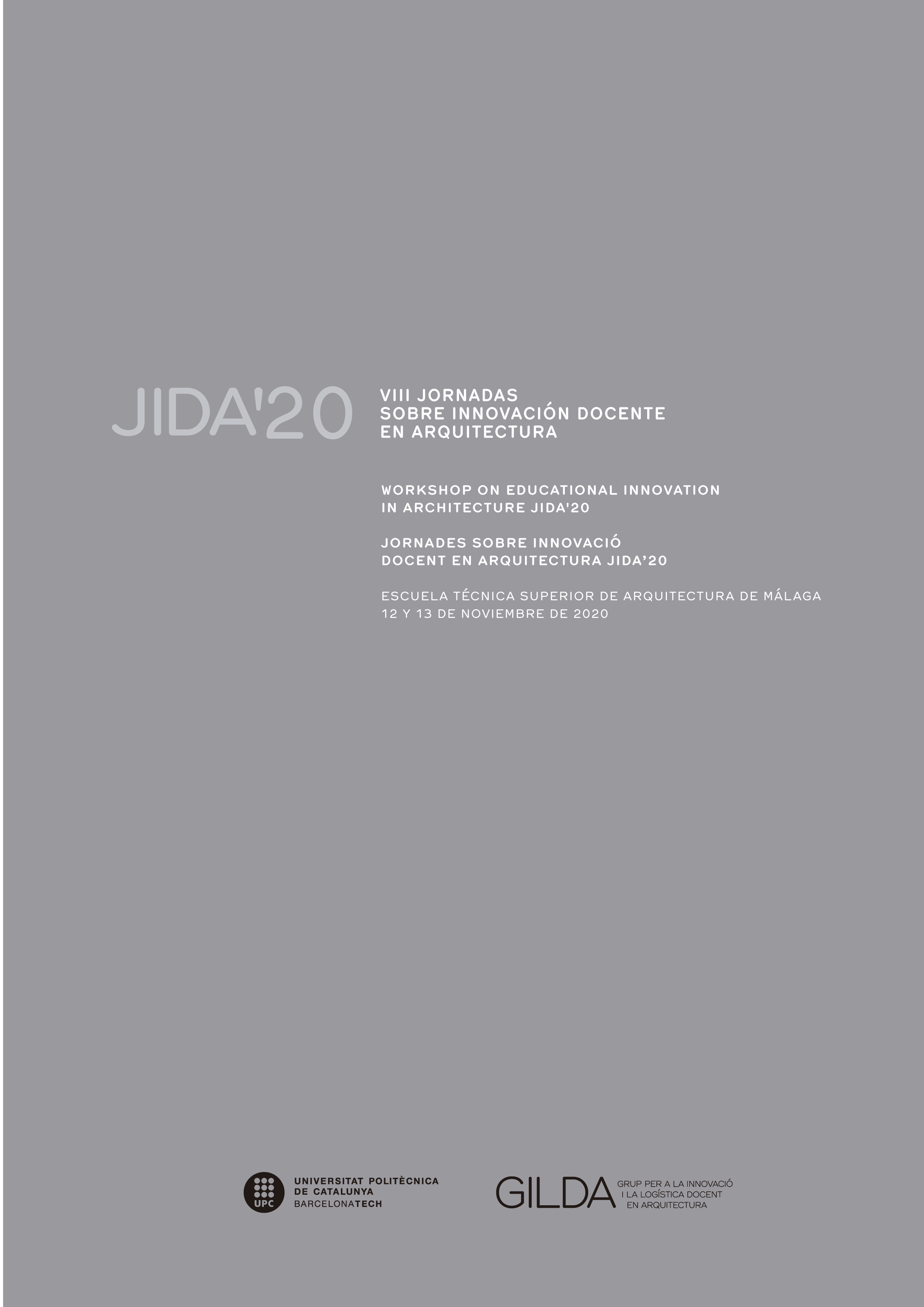The use of puzzles in the teaching of urban history
DOI:
https://doi.org/10.5821/jida.2020.9315Abstract
The use of methodologies that involve, motivate and generate neural processes in the student promote better learning in many fields of teaching. In this work the creation of a methodology for the study of the evolution of cities in urban planning subjects is studied by using puzzles as spatial and temporal representation of urban areas based on experiences in the universities of Universidad del Valle de Atemajac and the Universitat Politècnica de Valencia. Compared to more traditional learnings from control groups and previous promotions, results are improved especially on issues related to the older stages of the city's evolution and in understanding surface growth over time of the city.



















